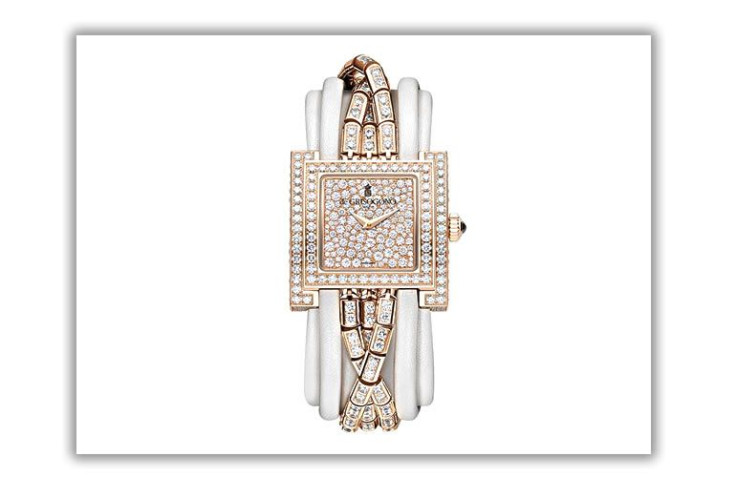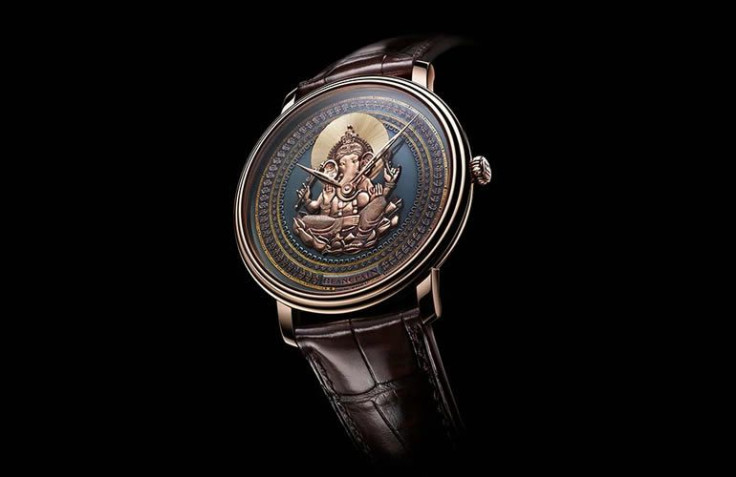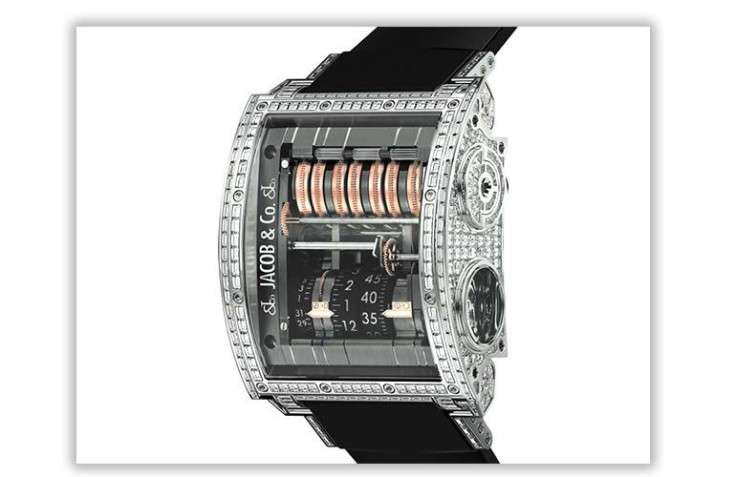Jewelry Watches: Precious Mechanics For Special Men, Special Markets
Sponsored content from Modern Luxury

We often hear that the watch is the only jewelry made for men, and this assertion, whatever truth it holds, is nonetheless taken literally by many of those who are passionate about horology. In certain markets, there is a distinct preference among men for timepieces that are both technical and bejeweled, as well as those dedicated to métiers d’art. Watchmakers might not (yet) take it upon themselves to develop gem-set men’s watches for Spain or the United States (although such models are increasingly well received), but it is a different story in the Middle East, India or Mexico. This very particular offering is thus found only on the outer confines of haute horology, in territory where high fashion and even high jewelry do not venture, too busy earning their watchmaking stripes in a more classic masculine register. In these conditions, there is no question of reversing the pathway generally taken by watchmakers who shrink men’s watches and set them with diamonds to make women’s versions. It would be impossible to start with a woman’s watch and make a version for men. For watch brands, this means that precious horology provides a creative territory—featuring its own codes and above all rare techniques—that is also intended for an audience of aficionados.
One need only look at the exceptional collections presented by Piaget under the title Mythical Journey to realize that the creation of watches such as these arises from its own distinct philosophy, in which the measurement of time is subordinate to métiers d’art that in fact have very little to do with the fairer sex. The Genevan Manufacture began this watchmaking odyssey in 2013 with “Silk Road,” extending it in late 2015 with the presentation of “Secrets & Lights,” a collection inspired by the symbolism of Venice and Samarkand. This collection featured 15 models interpreted in 93 jewelry creations and 38 watch models, which draw on techniques such as sculpture, gold engraving, micromosaic, gemsetting, Bulino engraving, enameling and even lacquer encrusted with eggshells and bits of feathers. Just one example in this dazzling series of masterpieces: the Piaget Protocol XXL, for which the Italian artisan Cesare Bella meticulously placed nearly 5,000 minuscule glass tesserae to create a breathtaking view of Santa Maria Della Salute overlooking the mouth of Venice’s Grand Canal.

The mastery of métiers d’art is in this sense an incomparable opening for new modes of expression in horology. We speak here of techniques that go above and beyond gem-setting, and which very few houses count among their skills. This is why the same few names come up in any discussion of the topic: Blancpain’s Métiers d’art collections, Jaquet Droz’s Ateliers d’art lines, Van Cleef & Arpels’s Complications Poétiques.

And Vacheron Constantin, an incomparable brand with its Métiers d’art lines, whose Mécaniques Ajourées and Elégance Sartoriale are intimately tied to the masculine universe. Hermès is another force in this world, as is Cartier, which two years ago inaugurated its Maison des Métiers d’art, a place where lost and even forgotten arts gain new life, with artisans working to sustain these extraordinary disciplines. In addition, at every SIHH, the company presents dazzling pieces that revisit techniques such as filigree or Etruscan granulation.

Highly “mechanical” brands clearly have a card to play in this game by setting their pieces with gems. The three-dimensional configuration of gear trains against a diamond backdrop makes for a transfixing visual effect. Between the gemstone and the mechanism, it is impossible to say which one is better placed to lay claim to this famous piece of eternity. Jacob & Co. demonstrated its mastery of this explosive art with pieces such as the Astronomia Tourbillon Baguette, “a poetic vision of the celestial world,” and with its Quenttin Tourbillon Baguette, which offers 31 days of power reserve regulated by a vertical tourbillon. These are just two models among several that combine rare technical sophistication with a subversive aesthetic.

This explosive cocktail is also served up at Roger Dubuis, a brand that has made a specialty of “contemporary” skeletonization in its movements and its tourbillon, two particularities that marry beautifully in the Excalibur collection, an expression of the brand’s powerful—even outrageous—style. At Roger Dubuis, the art of gem-setting is always in the mix, especially as the house was the first to incorporate unusual techniques: setting gems into rubber and carbon. This nonconformist approach is consistent with the image of the brand, for which a timepiece is much more than an instrument for displaying the hours and minutes. That is also the philosophy that inspires all the watches in these pages: they reflect everything that we are!
As the arbiter of “jewelry for men,” watches fulfill a particular, multifaceted function. Whether their focus is on simplicity or sophistication, elegance or rugged sportsmanship, high-tech breakthroughs or time-honored tradition, these high-end timepieces convey a complex vision of masculinity. Whatever a man values, however he sees himself, he is sure to find a timepiece that helps him realize express his unique personality.





















